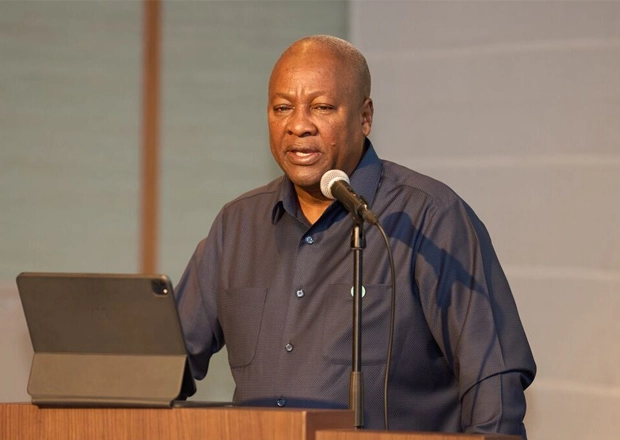The creative sector in Ghana has been subjected to a rollercoaster of budgetary allocations, culminating in complete erasure from the 2025 national budget, followed by a presidential promise of reinstatement in the next fiscal year. This erratic funding pattern has left the industry reeling, with many expressing deep-seated frustration and a sense of being overlooked. President John Dramani Mahama’s recent assurance during a Presidential Media Encounter that the creative arts will receive allocations in the upcoming budget has been met with skepticism, given the stark contrast with the current fiscal year’s zero allocation. The president’s pledge to support various segments of the creative industry, including Kumawood filmmakers, the music industry, and the arts, through initiatives like “The Black Star Experience,” rings hollow for many who feel the sector has been consistently undervalued.
The omission of the creative sector from the 2025 budget presented by Finance Minister Dr. Cassiel Ato Forson was a significant blow. The 69-page document, devoid of any mention of tourism or creative arts, was justified at the time by the Finance Minister’s explanation that the sector minister would present detailed plans and reports to Parliament separately. However, this explanation failed to assuage concerns, especially given President Mahama’s previous emphasis on the creative sector, both in his 2024 campaign manifesto and through the unveiling of “The Black Star Experience” as a flagship cultural project. The zero allocation for 2025 stands in stark contrast to previous years’ budgets, where the Ministry of Tourism, Arts and Culture received GH¢115.6 million in 2023 and a significantly increased GH¢260.9 million in 2024. This dramatic drop to zero funding in 2025 has left the creative industry feeling abandoned and questioning its importance in the government’s development agenda.
The president’s recent pronouncements, while intended to reassure the creative sector, have instead highlighted the inconsistency in government policy and the lack of concrete action to support the industry. The promise of future funding does little to address the immediate needs and challenges faced by artists, musicians, and filmmakers who have been operating without government support for an entire fiscal year. The president’s acknowledgment of the creative economy’s potential for job creation – surpassing even traditional sectors like cocoa and manufacturing – adds another layer of irony to the situation. While recognizing the sector’s potential to generate five jobs for every one created in traditional sectors, the government has simultaneously withheld the very financial resources necessary for the industry to thrive and fulfill this potential.
The creative sector’s current predicament underscores a deeper issue of policy inconsistency and a seeming disconnect between recognizing the sector’s importance and providing tangible support. The president’s assertion that “we need to put our money where our mouths are” resonates strongly with the creative community, who have long awaited actions to match the rhetoric. The current state of limbo, where artists and creatives are once again told to wait for funding, breeds uncertainty and undermines the sector’s ability to plan, invest, and contribute meaningfully to the nation’s economic and cultural development.
The recurring cycle of promises followed by budgetary neglect undermines the credibility of government pronouncements and erodes trust within the creative community. The sector needs more than assurances; it requires consistent and transparent policies that translate into sustained funding and support. The president’s emphasis on the job creation potential of the creative economy must be backed by concrete actions and investment, not just rhetoric. The creative sector is not merely a source of cultural expression; it is a potential engine for economic growth and job creation, a potential that remains untapped due to inconsistent government policies and budgetary allocations.
The future of Ghana’s vibrant and diverse creative industry hinges on the government’s commitment to translating promises into concrete actions. The sector needs more than just a reinstatement of funding in the next budget; it requires a long-term strategy that recognizes its potential and provides the necessary support for its sustainable development. The government must move beyond rhetoric and engage in meaningful dialogue with stakeholders to develop policies that foster growth, innovation, and stability within the creative sector. Only then can the sector truly flourish and contribute its full potential to Ghana’s economic and cultural landscape.


